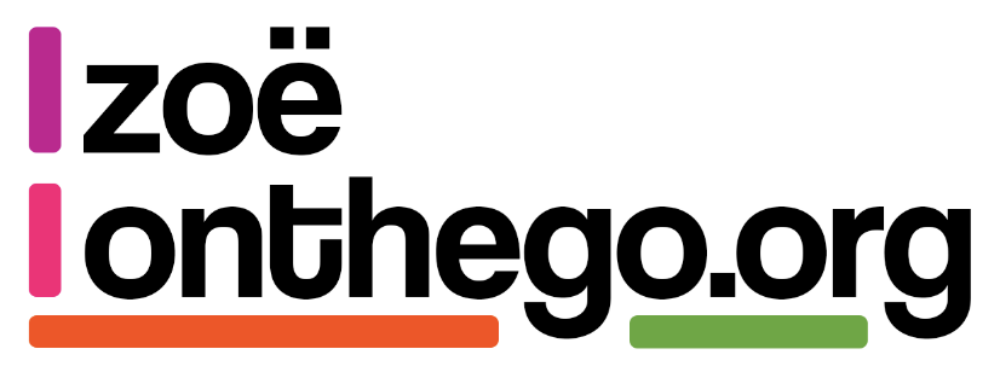And how do we make sure we are delivering it?
In a previous blog I discussed the importance of understanding the value you are trying to add, and how you measure cost vs vale. How we measure value and ensure we are delivering a valuable return on investment is one of the ‘big’ questions at the moment, that never seems to go away.
Scott Colfer has equally blogged before on the complexity of measuring value when there is no profit to measure against. When working in the public sector it’s not an easy problem to solve. There is a lot of conversations about making sure we don’t waste public money, but how do we actually make sure public money is being spent in a valuable way?

The first principle of the Agile Manifesto is “Our highest priority is to satisfy the customer through early and continuous delivery of valuable software.” But what is valuable?
At a kick off session this week, for a new project we’re shortly going to begin, a client said one of their hopes was that all code deployed would work first time; and someone else stated that they ‘didn’t want rework’. When we broke these thoughts down to understand where these fears were coming from, it was the need to add value and not waste money; which itself was coming from previous issues caused by a long time to deploy, and the cost to make changes.
There was equally the fear that by swapping out suppliers mid project we (as the new supplier) would want to redesign and rework everything to make it our own; which would slow down delivery and drive up cost even more.
There is obviously no value for anyone in doing that. The value comes by having a short feedback loop, co-designing and constantly testing, learning and iterating, working together in short weekly or fortnightly sprints, to get things delivered. Making sure there is little time as possible between designing something, to getting it tested and used by real users; ensuring it meets their needs as quickly as possible.
Through examining what has been delivered already against the user needs and the outcomes the organisation is looking to achieve; by identifying gaps and pain-points we reduce waste; and by prioritising the areas where improvements can be made we ensure that reworking only happens when there is actual value in doing so.

At a talk this week I was asked how we prioritise the work that needs doing and ensure that we do deliver. The important thing is to deliver something, but ideally not just any old thing, we want to ideally be delivering the right thing. Sometimes we won’t know what that is, and it’s only by doing something that we can establish whether that was the right thing or not. But that’s why short feedback loops are important. Checking back regularly, iterating and testing frequently, allows you too recognise when there is value in carrying on vs. value in stoping and doing something different.
When I’m trying to decide where the value is, and where is the best place to start, I consider things like:
- Why are we doing this?
- Why are we doing it now?
- What happens if we don’t do this now?
- Who will this affect?
- How many people will it impact?
- How long could this take?
- Any indicative costs?
- Any key milestones/ deadlines?
- Any critical dependancies that could affect our ability to deliver?
- Will this help us deliver our strategy? Or is it a tactical fix?
Once we have started work, it’s important to agree measure of success (be they financial, reducing time, staffing numbers; or things like improved uptake or a better customer experience) and keep measuring what is being delivered against those targets.
At Difrent a key part of the value we add is about the people, not just the technology or processes; there is value in us working in the open, by being transparent; running lunch and learn sessions or talks; blogging or speaking at events etc. we can add wider value outside of a specific project or service.

When we are considering what adds value, the other thing it’s important to consider is the culture we are delivering in. Are there communities of practice in place already, any design patterns we should be adhering too? There is value in building in consistency, as this helps us ensure we are delivering quality.
There are many different ways to determine what adds value, and many different kinds of value, but the importance is by focusing on making positive improvements, and by constantly learning from mistakes and ensuring they don’t get repeated so no time is wasted and real value can be delivered.
